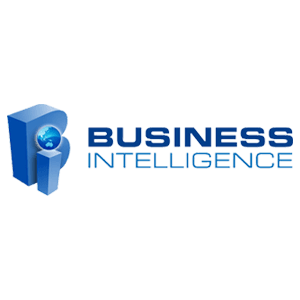Enterprise intelligence (BI) leverages software and companies to transform information into actionable intelligence that informs an organization’s strategic and tactical business choices. Enterprise Analytics pertains to the exploration of historical knowledge from many source methods via statistical analysis, quantitative evaluation, data mining, predictive modelling and different technologies and strategies to identify developments and perceive the information that may drive enterprise change and support sustained profitable enterprise practices.
BI encompasses a wide variety of tools, applications and methodologies that allow organizations to collect knowledge from internal systems and external sources; prepare it for evaluation; develop and run queries in opposition to that information; and create experiences, dashboards and information visualizations to make the analytical results accessible to company resolution-makers, in addition to operational staff.
BI packages might also incorporate types of superior analytics, reminiscent of information mining, predictive analytics , textual content mining, statistical evaluation and big data analytics In lots of cases, although, superior analytics projects are conducted and managed by separate groups of data scientists , statisticians, predictive modelers and different expert analytics professionals, whereas BI groups oversee extra simple querying and analysis of business information.
Using a broad definition: “Enterprise Intelligence is a set of methodologies, processes, architectures, and applied sciences that transform raw knowledge into significant and helpful data used to allow more effective strategic, tactical, and operational insights and determination-making.” 12 Below this definition, business intelligence additionally consists of technologies equivalent to knowledge integration, data high quality, knowledge warehousing, master-information management, textual content- and content material-analytics, and many others that the market generally lumps into the ” Information Administration ” segment.

What BI instruments you need is determined by how your knowledge is currently managed and how you wish to analyze it. For example, whether it is at the moment scattered across disparate transactional databases, you might have to construct an information warehouse to centralize it and put money into knowledge administration tools that supply Extract, Remodel and Load (ETL) functionality to maneuver and re-structure it.
